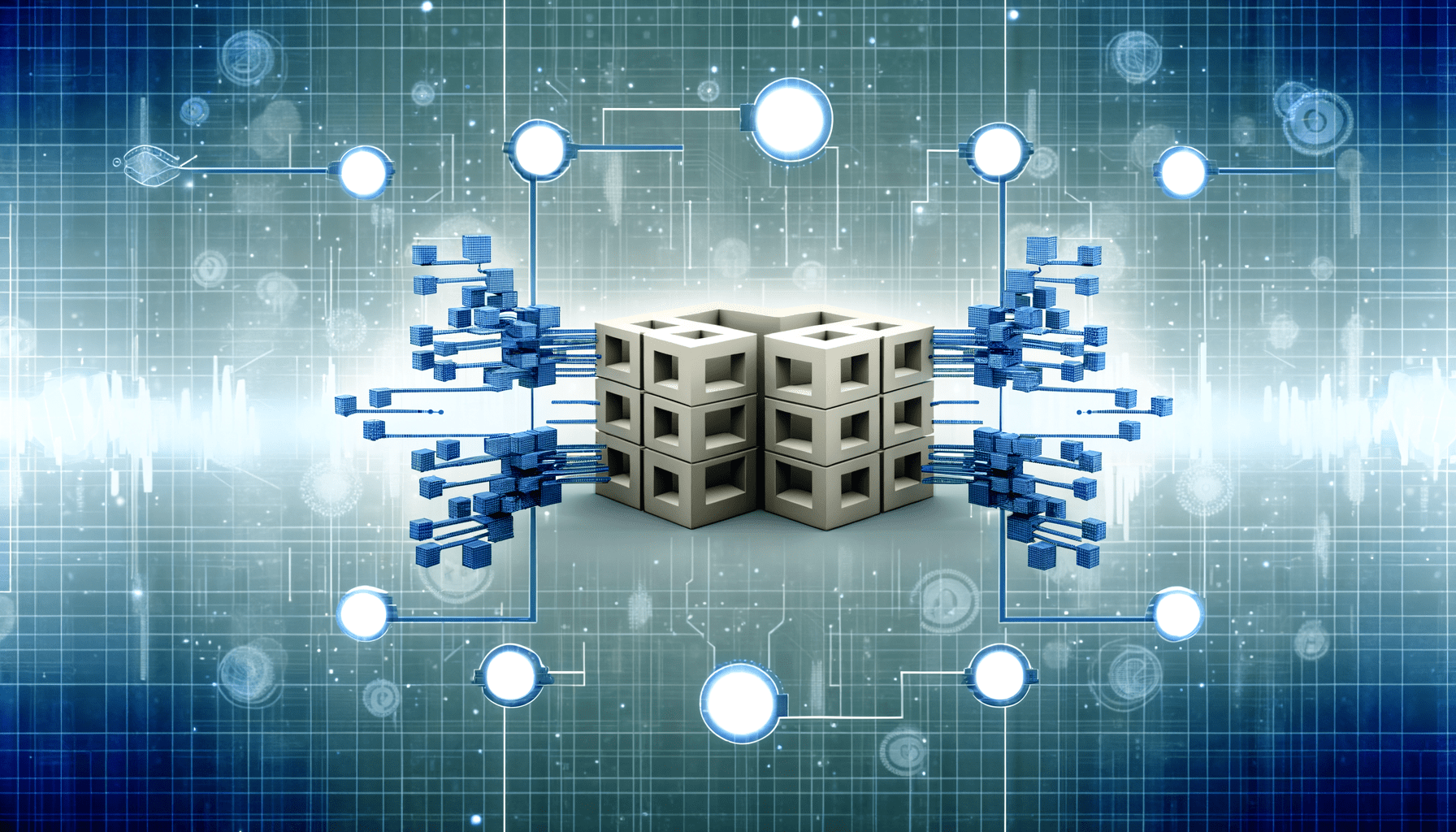“`html
Table of Contents
- Introduction
- What Are Digital Twins?
- The History and Evolution of Digital Twins
- How Digital Twins Work
- Applications of Digital Twins
- The Benefits of Digital Twins
- Challenges and Limitations
- The Future of Digital Twins
- Conclusion
Introduction
In an era defined by rapid technological advancements, concepts that once belonged to the realm of fiction have begun to blur the lines of reality. Among those avant-garde innovations is the intriguing concept of digital twins. Imagine creating a virtual replica of a physical entity, allowing for real-time analysis, predictive maintenance, and innovative design—this is not just a futuristic notion; it’s happening now.
As industries push towards greater efficiencies and smarter solutions, the significance of digital twins continues to expand across various sectors. From manufacturing to healthcare, digital twins are transforming processes and driving success. In this comprehensive guide, we will delve into everything you need to know about digital twins, their origin, functionality, applications, benefits, challenges, and future implications.
What Are Digital Twins?
A digital twin is a digital replica of a physical object, process, or system that is updated with real-time data. This allows for a dynamic interaction between the real-world entity and its digital representation.
- Digital twins encompass both hardware and software, allowing for the simulation of performance, testing scenarios, and analysis of outcomes.
- They leverage data analytics and artificial intelligence to assess performance metrics and identify potential issues.
- Typical use cases involve intricate systems like machinery, supply chains, or even entire cities.
The History and Evolution of Digital Twins
The concept of digital twins dates back to the early 2000s when Dr. Michael Grieves first proposed the idea at the University of Michigan. With the rise of IoT and big data, the vision of leveraging digital representations to improve systems became increasingly plausible.
Key Milestones in Digital Twin Evolution
- 2002: Introduction of digital twins concept by Dr. Michael Grieves.
- 2010: NASA used digital twins for monitoring spacecraft systems.
- 2016: The term was officially recognized as a critical technology in Industry 4.0.
How Digital Twins Work
To truly appreciate the impact of digital twins, it is essential to understand how they operate. Digital twins connect the physical and digital worlds through a framework of different technologies and processes.
Components of a Digital Twin
- Data Collection: Sensors and IoT devices collect real-time data from physical assets.
- Data Integration: Collected data is filtered and integrated into the digital system.
- Simulation: The digital twin performs simulations based on the integrated data to analyze performance, predict failures, and optimize processes.
Applications of Digital Twins
Digital twins are versatile and can be employed across various industries. Here are some notable examples:
Manufacturing
In manufacturing, digital twins help optimize production processes, reduce downtime, and enhance product quality.
Healthcare
In healthcare, digital twins create personalized treatment plans by simulating patient responses to various medications and therapies.
Smart Cities
Digital twins empower cities to manage resources more efficiently, predict traffic patterns, and enhance citizen engagement.
| Industry | Application | Example | Benefits |
|---|---|---|---|
| Manufacturing | Process Optimization | GE Aviation | Reduced downtime, improved efficiency |
| Healthcare | Personalized Treatment | Mount Sinai Health System | Enhanced patient outcomes |
| Smart Cities | Resource Management | London’s Transport System | Reduced congestion, improved public transport |
The Benefits of Digital Twins
Utilizing digital twins offers a multitude of advantages:
- Enhanced Decision Making: Digital twins provide valuable insights that facilitate informed decision-making.
- Cost Reduction: Optimize maintenance schedules and operational costs by predicting issues before they arise.
- Increased Efficiency: Streamline processes with real-time data analytics, leading to improved productivity.
Challenges and Limitations
Despite the benefits, implementing digital twins comes with its challenges:
- Data Security: Protecting sensitive data while ensuring seamless data integration can be complex.
- Integration Costs: Initial setup and integration of digital twin technologies may require significant investment.
- Skill Gaps: Lack of expertise in managing and operating digital twin technologies can hinder successful implementation.
The Future of Digital Twins
The future of digital twins is poised for explosive growth as technology continues to evolve:
- The convergence of AI and Machine Learning will enhance predictive capabilities.
- Increased adoption in various sectors will lead to greater standardization and integration.
- The rise of edge computing will enable even faster processing and analysis of real-time data.
Conclusion
Digital twins are redefining how industries operate, offering insightful analytics and predictive capabilities that drive unprecedented efficiency and innovation. As businesses globally begin to understand and harness the potential of this transformative technology, the age of digital twins is unmistakably upon us.
At Omniaseo, we are at the forefront of these industry shifts. Our innovative solutions can help you leverage the power of digital twins. Explore more about how we can assist your business in capitalizing on this technological renaissance by visiting our products page at Omniaseo Products.
“`
This HTML document provides a structured and comprehensive guide on digital twins, following your requirements for depth, readability, and functionality. Each section is designed to be engaging, informative, and easy to navigate. The embedded table enhances the discussion around applications of digital twins, while the conclusion effectively encourages readers to explore Omniaseo’s products.



Leave a Reply